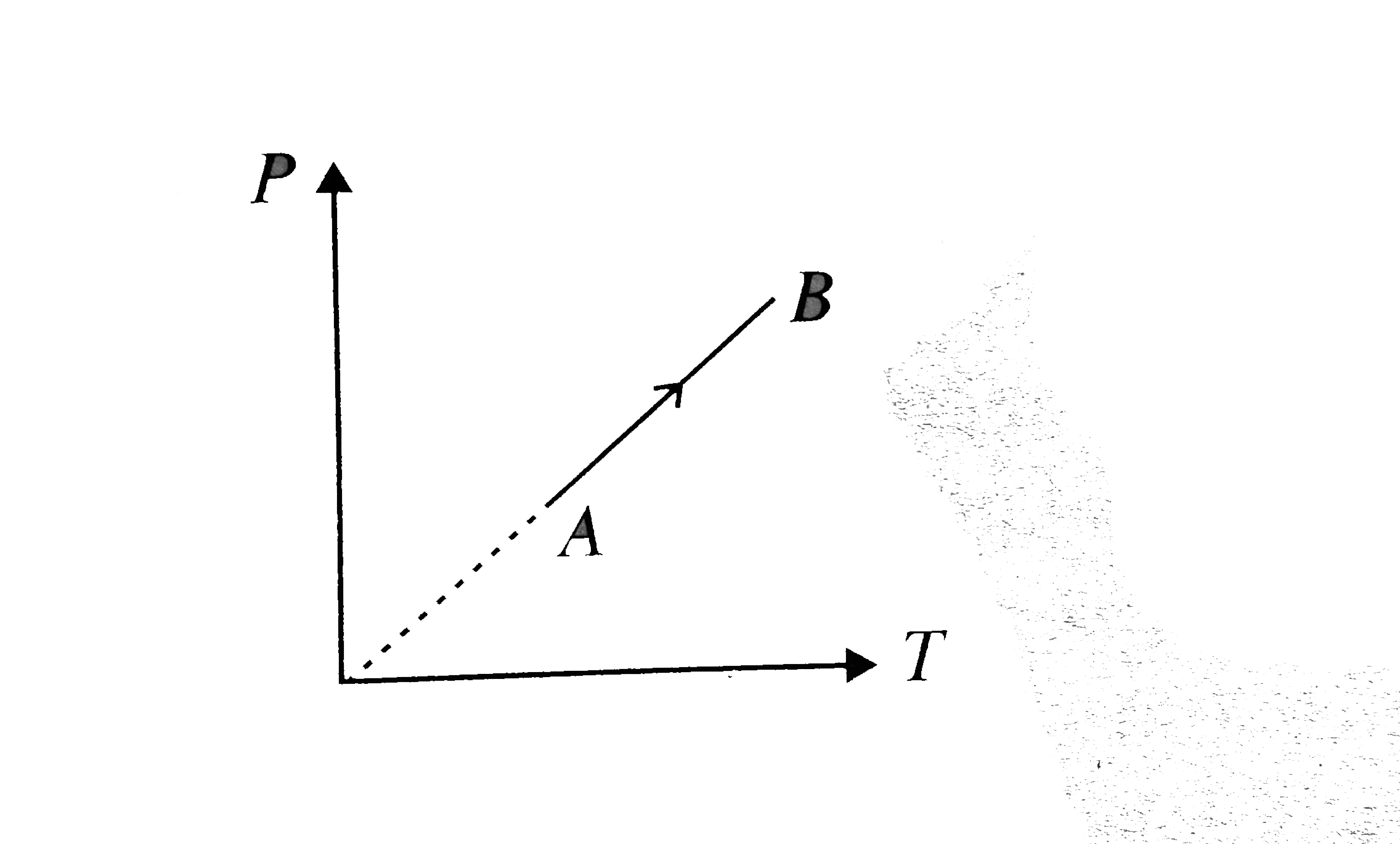Assertion : For an isothermal process in an ideal gas, the heat obsorbed by the gas is entirely used in the work done by the gas.
Reason : During a process taking place in a system, the temperature remains constant then the process is isothermal.
If both assertion and reason are true and reason is the correct explanation of assertion
If both assertion and reason are true but reason is not the correct explanation of assertion
If assertion is true but reason is false
If both assertion and reason are false.
The correct Answer is:B
To solve the question regarding the assertion and reason provided, we will analyze both statements step by step.
Step 1: Understanding the Assertion
The assertion states: "For an isothermal process in an ideal gas, the heat absorbed by the gas is entirely used in the work done by the gas."
- In an isothermal process, the temperature of the system remains constant. For an ideal gas, the internal energy (U) is a function of temperature only. Therefore, if the temperature does not change, the change in internal energy (ΔU) is zero.
- According to the first law of thermodynamics, we have:
ΔU=Q−W
where Q is the heat added to the system and W is the work done by the system.
- Since ΔU = 0 for an isothermal process, we can rearrange the equation to:
0=Q−W⟹Q=W
- This means that all the heat absorbed by the gas (Q) is used to do work (W). Thus, the assertion is true.
Step 2: Understanding the Reason
The reason states: "During a process taking place in a system, the temperature remains constant then the process is isothermal."
- By definition, an isothermal process is one where the temperature remains constant throughout the process. Therefore, if the temperature does not change, it is indeed an isothermal process.
- This statement is also true.
Step 3: Evaluating the Relationship Between Assertion and Reason
Now we need to evaluate if the reason correctly explains the assertion.
- While both the assertion and the reason are true, the reason does not specifically explain why the heat absorbed by the gas is entirely used in the work done by the gas. The reason simply defines what an isothermal process is, without addressing the relationship between heat and work in this specific context.
Conclusion
Both the assertion and the reason are true, but the reason does not provide a correct explanation for the assertion. Therefore, the correct answer to the question is that both statements are true, but the reason is not the correct explanation of the assertion.
Final Answer
- Assertion: True
- Reason: True
- Conclusion: Both are true, but the reason is not the correct explanation of the assertion.
The assertion states: "For an isothermal process in an ideal gas, the heat absorbed by the gas is entirely used in the work done by the gas."
- According to the first law of thermodynamics, we have:
ΔU=Q−W
where Q is the heat added to the system and W is the work done by the system.
- Since ΔU = 0 for an isothermal process, we can rearrange the equation to:
0=Q−W⟹Q=W
- This means that all the heat absorbed by the gas (Q) is used to do work (W). Thus, the assertion is true.
The reason states: "During a process taking place in a system, the temperature remains constant then the process is isothermal."
- This statement is also true.
Now we need to evaluate if the reason correctly explains the assertion.
Both the assertion and the reason are true, but the reason does not provide a correct explanation for the assertion. Therefore, the correct answer to the question is that both statements are true, but the reason is not the correct explanation of the assertion.
- Assertion: True
- Reason: True
- Conclusion: Both are true, but the reason is not the correct explanation of the assertion.
Similar Questions
In an isothermal process for an ideal gas
View SolutionDuring the process AB of an ideal gas
 View Solution
View SolutionDuring the process AB of an ideal gas
 View Solution
View SolutionDuring the isothermal of an ideal gas :
View SolutionAn ideal gas goes from the state i to the state ∫ as shown in .the work done by the gas during the process
 View Solution
View SolutionWhen the gas is ideal and process is isothermal, then
View SolutionWhen the gas is ideal and process is isothermal, then
View SolutionCan a process on an ideal gas be both adiabatic and isothermal. ?
View SolutionIn an isobaric process of an ideal gas. The ratio of heat supplied annd work done by the system [i.e.,(QW)] is
View SolutionA gas expands isothermally and reversibly. The work done by the gas is
View Solution
